Non-Surgical Holistic Therapies to Manage Chronic Pain Effectively
November 5, 2025
10 min

Understanding Chronic Pain and the Shift toward Holistic Management
Prevalence of Chronic Pain in Adults
Chronic pain affects a significant portion of the adult population, especially those over 65, with approximately 65% reporting persistent pain lasting three months or more. In the U.S., about 50 million adults experience chronic pain, and around 20 million endure high-impact pain that significantly interferes with daily activities.
Impact on Quality of Life and Mental Health
Chronic pain profoundly affects quality of life, limiting mobility and daily functions. It often coexists with mental health conditions like depression, anxiety, and post-traumatic stress disorder, creating a challenging cycle where pain intensifies stress and stress worsens pain perception.
Limitations of Conventional Treatments
Traditional pain treatments frequently rely on medications such as NSAIDs, muscle relaxants, or opioids. While these can help, they often come with unwanted side effects and risks, including dependency. Surgical interventions may not guarantee relief and carry inherent risks, making them a last resort.
Overview of Holistic Pain Management Techniques
Holistic pain management focuses on a comprehensive, patient-centered approach that integrates multiple therapies. Common modalities include acupuncture, chiropractic care, physical therapy, massage therapy, mindfulness meditation, yoga, and tai chi. These strategies emphasize natural pain relief, improving function, reducing inflammation, and addressing emotional well-being. They are considered safer alternatives that can be tailored to individual needs, encouraging collaboration between patients and healthcare providers for optimal, sustainable pain control.
Comprehensive Services Offered at Back in Action Bodyworks in Torrance

What services does Back in Action Bodyworks offer in Torrance, California?
Back in Action Bodyworks in Torrance, California, provides a robust suite of holistic musculoskeletal health services designed to address chronic pain and improve physical function. Their offerings include chiropractic adjustments which focus on realigning the spine to relieve pressure on nerves and enhance mobility. These adjustments are often complemented by spinal decompression techniques, aimed at alleviating nerve compression caused by herniated discs and sciatica.
Physiotherapy at the clinic involves corrective exercises tailored to strengthen muscles, improve flexibility, and restore proper posture. This personalized therapy helps reduce pain and prevents future injuries. Neuropathy care is another critical component, where specialized treatments target nerve pressure relief to improve circulation and reduce discomfort caused by nerve damage.
Treatment plans at Back in Action Bodyworks are evidence-based and personalized, ensuring each patient's specific condition and lifestyle needs are addressed thoroughly. They integrate manual therapies with lifestyle modifications, educating patients on ergonomic improvements, posture correction, and home care strategies to sustain long-term pain relief and wellness. The facility emphasizes a multidisciplinary pain management collaboration to provide comprehensive support through various treatment modalities.
By combining these diverse yet complementary approaches, Back in Action Bodyworks promotes a patient-centered, non-surgical path to managing pain and enhancing overall quality of life for those living with chronic musculoskeletal conditions in the Torrance area.
The Holistic Philosophy Guiding Musculoskeletal Health at Back in Action Bodyworks

What is the approach of Back in Action Bodyworks toward musculoskeletal health?
Back in Action Bodyworks embraces a holistic philosophy that focuses on prevention and whole-body wellness. Rather than solely treating symptoms, their approach includes proactive measures like posture and ergonomic assessments to identify and correct underlying issues before they exacerbate.
They emphasize collaboration with health professionals such as physical therapists, nutritionists, and others to comprehensively address musculoskeletal health. This multidisciplinary pain management collaboration ensures treatment plans are tailored to the multifactorial causes of pain and dysfunction.
Non-invasive and drug-free strategies form the foundation of their pain management protocols. These include manual therapies, exercise, nutritional guidance, and stress management techniques such as mindfulness-based pain reduction techniques. By integrating lifestyle advice and empowering patients with practical tools to manage stress and maintain healthy habits, Back in Action Bodyworks supports not only physical recovery but overall well-being.
Leadership and Expertise Behind Chiropractic Care at Back in Action Bodyworks

Who leads the chiropractic services at Back in Action Bodyworks?
The chiropractic care at Back in Action Bodyworks is led by Dr. Robert Davison, a licensed chiropractor renowned for his expertise and advanced training. Dr. Davison holds a specialized certification in spinal trauma rehabilitation, equipping him to treat complex spinal injuries and conditions safely and effectively.
His approach integrates both modern and traditional chiropractic care benefits and chiropractic care services, providing personalized care tailored to each patient's unique needs. This includes methods designed to promote healing while minimizing discomfort, emphasizing a safe and gentle treatment philosophy.
Under Dr. Davison’s leadership, the clinic prioritizes holistic musculoskeletal health, focusing on common yet challenging issues like back and neck pain therapy, and injuries from sports or auto accidents. Leveraging his extensive experience, the practice delivers comprehensive chiropractic care benefits aimed at restoring function, reducing pain, and enhancing well-being for the Torrance community.
Evidence-Based Holistic Therapies for Chronic Pain Management

What are the benefits and limitations of acupuncture?
Acupuncture is a traditional Chinese therapy that involves inserting fine needles into specific points on the body to stimulate the nervous system and promote natural healing. It has shown effectiveness in managing back pain, migraines, tension headaches, and pain associated with cancer treatments. Research also suggests benefits for knee osteoarthritis pain, though findings are inconsistent. Acupuncture offers a non-pharmacological option with a good safety profile, making it a valuable choice for some chronic pain patients (Acupuncture for chronic pain relief, Acupuncture for pain relief, Acupuncture benefits).
How does massage therapy help with muscle tension and pain?
Massage therapy manipulates soft tissues to improve blood flow and oxygenation while relaxing the nervous system. It can decrease stress hormones and muscle tension, providing immediate relief for conditions like back, neck, shoulder, and knee pain, as well as fibromyalgia symptoms. Different massage styles such as Swedish, deep tissue, and Shiatsu can be tailored to individual needs to enhance comfort and functional mobility (Massage therapy benefits for pain, Massage therapy for chronic pain, Massage therapy in pain management).
What role does physical therapy play in chronic pain management?
Physical therapy employs stretching, nerve stimulation, strengthening exercises, and aerobic activities to improve range of motion and reduce pain. By targeting muscle imbalances and joint dysfunction, physical therapy helps retrain posture and biomechanics, alleviating pain from conditions like arthritis and spinal disorders. The therapy is highly customizable, encouraging consistent home exercises to sustain benefits (Physical therapy for pain relief, Physical Therapy for Back Pain, Physical Therapy Exercises.
How do mindfulness-based pain reduction techniques aid in pain reduction?
Mindfulness approaches such as diaphragmatic breathing, guided imagery, hypnosis, and progressive muscle relaxation help lower pain severity by calming the nervous system and reducing muscle tension. These methods also improve physical function and mood by addressing the psychological aspects of chronic pain. Integrating mindfulness with other therapies fosters a holistic approach to pain management (Mindfulness meditation for pain, Mindfulness techniques for pain management, Mindfulness and meditation for pain).
What are the benefits of yoga and tai chi for chronic pain?
Yoga and tai chi are gentle movement practices incorporating breathing and meditation that improve flexibility, balance, and joint stability. They effectively manage symptoms of arthritis, fibromyalgia, low-back and neck pain, and headaches. Tai chi, in particular, enhances balance and function in osteoarthritis patients. Combining these exercises with physical therapy or other treatments amplifies their pain-relief effects (Yoga and tai chi for arthritis and pain, Yoga for chronic pain, Tai chi benefits for fibromyalgia).
| Therapy | Primary Benefits | Common Applications | Notes |
|---|---|---|---|
| Acupuncture | Nervous system stimulation, pain relief | Back pain, migraines, cancer-related pain | Effective but with inconsistent results in osteoarthritis knee pain (Acupuncture for chronic pain relief) |
| Massage Therapy | Muscle relaxation, improved circulation | Back, neck, shoulder pain, fibromyalgia | Immediate relief, reduces stress hormones (Massage therapy benefits for pain |
| Physical Therapy | Stretching, strengthening, nerve stimulation | Joint pain, arthritis, spinal disorders | Tailored and promotes long-term improvements (Physical therapy for pain relief |
| Mindfulness-based pain reduction techniques | Reduces pain intensity, stress relief | Chronic pain syndromes | Addresses psychological components of pain (Mindfulness meditation for pain) |
| Yoga & Tai Chi | Flexibility, balance, joint stability | Arthritis, fibromyalgia, low-back pain | Combine with other therapies for best results (Yoga and tai chi for arthritis and pain |
Integrating Nutrition and Lifestyle Modifications in Pain Management
How do anti-inflammatory diets and supplements aid in pain reduction?
Incorporating an anti-inflammatory diet rich in foods like leafy greens, berries, nuts, and fatty fish is a natural approach that supports reducing chronic inflammation, a common contributor to persistent pain. Supplements such as turmeric and omega-3 fatty acids complement dietary efforts by targeting inflammation at the molecular level, potentially easing joint and muscle pain. These nutritional strategies are often recommended alongside clinical therapies to maximize pain relief.
What are effective stress-reduction techniques for managing chronic pain?
Mindfulness-based pain reduction techniques play vital roles in reducing stress, which is closely linked to intensified pain perception. Techniques such as guided imagery, diaphragmatic breathing, and progressive muscle relaxation help calm the nervous system, lower muscle tension, and improve pain thresholds. Integrating these methods empowers patients to self-manage emotional and physical stressors contributing to their discomfort.
Why is sleep hygiene important and how does restorative sleep affect pain?
High-quality restorative sleep is essential for healing and maintaining pain control. Poor sleep can increase sensitivity to pain signals and exacerbate symptoms. Establishing good sleep hygiene—including consistent sleep schedules, a calming nighttime routine, and addressing issues like sleep apnea—can break negative cycles of pain and sleeplessness. Learn more about restorative sleep strategies.
What is the role of physical activity in reducing pain and enhancing function?
Regular, gentle physical activities such as walking, yoga, tai chi, and tailored exercise programs strengthen muscles, improve flexibility, and enhance joint stability. These benefits help maintain function and reduce chronic pain severity. Movement also supports mood elevation and better sleep—making it a core component of holistic pain management.
How does patient education empower lifestyle adjustments for pain relief?
Educating patients about the importance of nutrition, stress management, exercise, and sleep encourages proactive engagement in their healing journey. Personalized guidance fosters adherence, helping individuals tailor lifestyle modifications safely and effectively in partnership with their healthcare providers to achieve sustainable pain relief. Explore chronic pain treatment options and patient education.
The Importance of Personalized Multidisciplinary Pain Management Plans
Tailoring holistic therapies to individual needs
Effective chronic pain management requires carefully tailored plans that address the unique circumstances of each patient. Holistic therapies such as acupuncture for pain relief, chiropractic care, physical therapy, massage, mindfulness-based pain reduction techniques, and yoga offer a flexible toolkit that can be combined to optimize results based on individual symptoms, lifestyle, and preferences. Personalization ensures maximum benefit and minimizes risks.
Collaboration between chiropractors, physical therapists, nutritionists, and behavioral health specialists
A multidisciplinary approach integrates expertise from chiropractors, who realign the spine to relieve pain; physical therapists, who improve strength and function; nutritionists, who recommend anti-inflammatory diets; and behavioral health specialists, who address mental and emotional factors via techniques like cognitive behavioral therapy and mindfulness. This team collaboration supports comprehensive wellness rather than isolated symptom treatment.
Avoiding reliance on opioids and invasive procedures
Integrative, nonpharmacologic therapies can effectively reduce pain and improve quality of life while avoiding the side effects and dependency risks associated with opioids. Minimally invasive interventions and surgery are reserved as last resorts. This strategy encourages sustainable pain relief and holistic healing. For alternatives, see Non-Drug Approaches to Chronic Pain and Non-surgical pain management techniques.
Long-term benefits of integrative approaches
By combining gentle movement (e.g., yoga and tai chi for arthritis and pain,), manual therapies, and mind-body practices, patients often experience lasting improvements in pain severity, function, mood, and sleep. Such approaches retrain the nervous system and improve physical resilience, fostering durable wellness rather than temporary symptom suppression. More details are available on Holistic Pain Management Program at Cleveland Clinic.
Guidance on safe practice and ongoing assessment
Continuous re-evaluation by healthcare providers ensures therapies remain appropriate and effective. Safety is enhanced by selecting experienced practitioners and adjusting treatments as conditions evolve. Patients are encouraged to communicate openly about progress and concerns to maintain an individualized and evidence-based management plan. Recommendations and safety considerations can be found in Chronic Pain and Complementary Health Approaches.
Embracing Holistic Non-Surgical Therapies for Effective Chronic Pain Relief
Benefits of Holistic Approaches to Chronic Pain
Holistic, non-surgical therapies offer a comprehensive way to manage chronic pain by addressing the whole person rather than just symptoms. Treatments like acupuncture, chiropractic care, massage therapy, mindfulness techniques, physical therapy, yoga, and tai chi have demonstrated effectiveness in reducing pain, improving function, and enhancing overall well-being. These methods often promote natural healing, reduce inflammation, ease muscle tension, and help break the cycle of chronic pain and stress.
Consulting Healthcare Professionals
Engaging healthcare providers when considering holistic options ensures a personalized, safe, and integrated treatment plan. Professionals can tailor therapies to individual needs, optimize outcomes, and coordinate care to complement other medical approaches. This collaborative process prioritizes patient safety and supports a balanced strategy for managing complex pain conditions.
Sustainable, Patient-Centered Pain Management
Holistic therapies empower patients to take an active role in their care through lifestyle adjustments, stress management, and physical activity. Unlike solely relying on medication, these natural approaches foster sustainable relief with fewer side effects. Through patience and consistent practice, patients often experience improved quality of life and lasting pain reduction in a way that honors their unique health journey.
Recent articles

Inspiring Patient Testimonials Highlighting Chiropractic Success

Chiropractic Care: A Natural Solution for Back Pain Relief

Amazing Patient Success Stories in Chiropractic Wellness

Combining Physiotherapy and Chiropractic for Optimal Healing
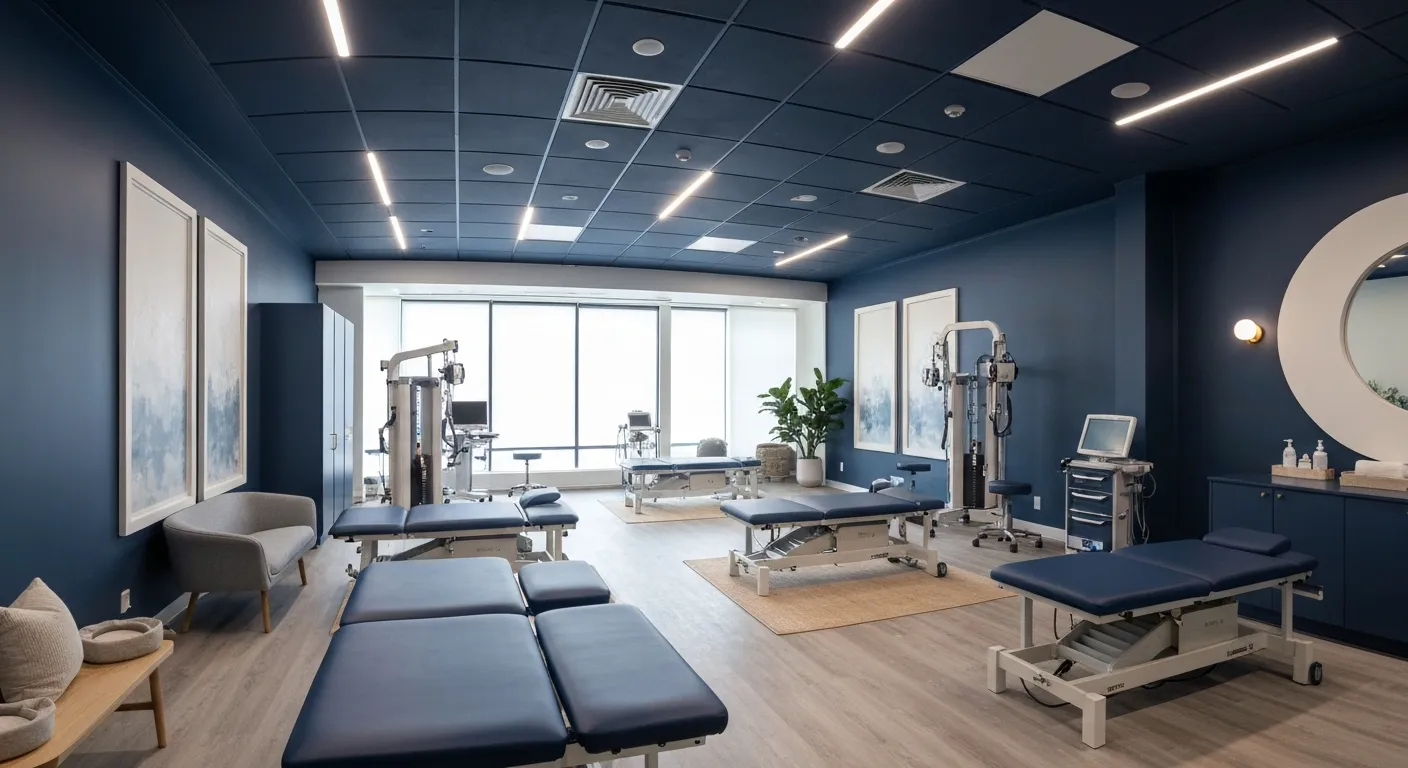
Spinal Decompression Therapy: A Breakthrough for Sciatica Sufferers

5 Holistic Treatments That Complement Chiropractic Care

How Physiotherapy Supports and Enhances Chiropractic Treatment
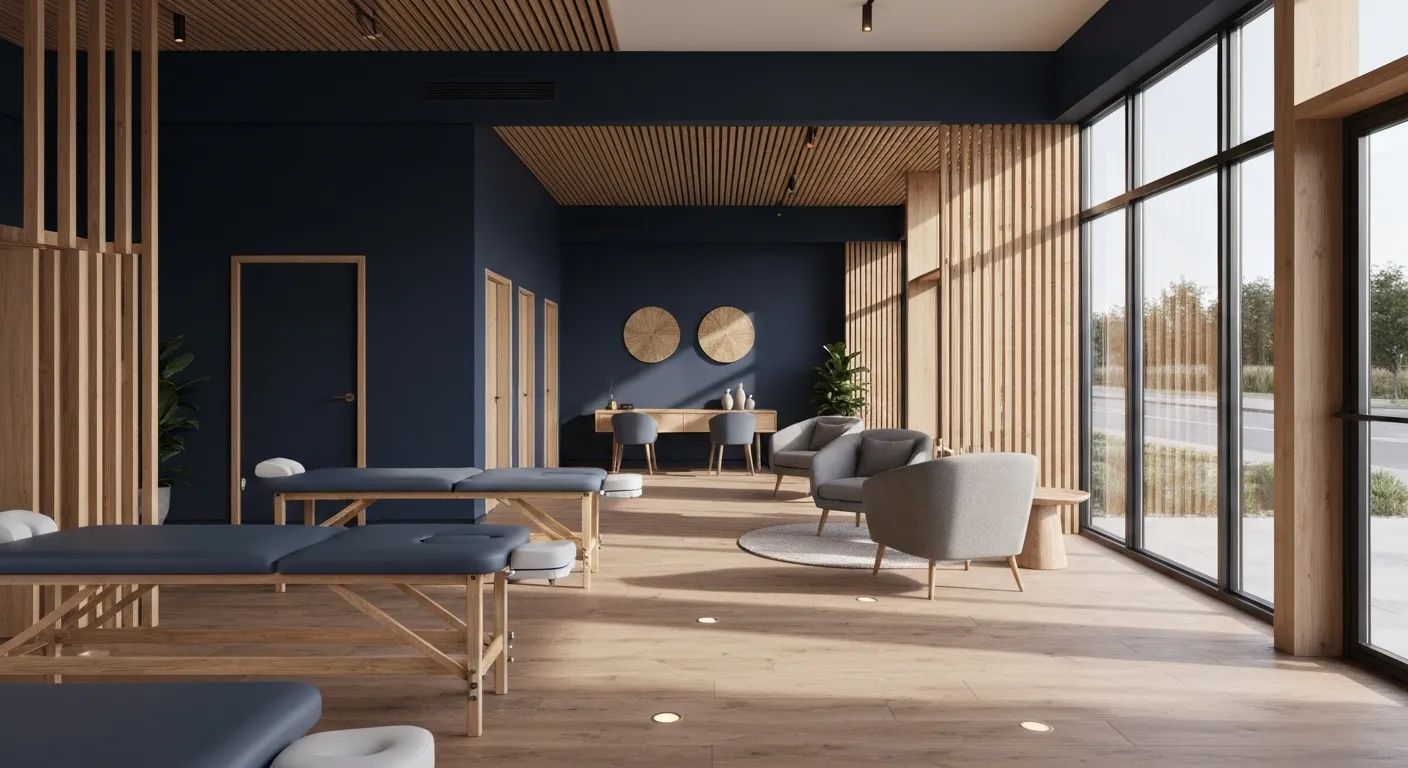
Root Cause Versus Symptom Treatment: Making the Right Choice

7 Essential Things to Know Before Choosing Your Chiropractor

Why Addressing Root Causes of Pain Matters More Than Just Symptoms

Nutritional Counseling Strategies to Boost Your Overall Wellness

How Spinal Decompression Therapy Alleviates Sciatic Nerve Pain
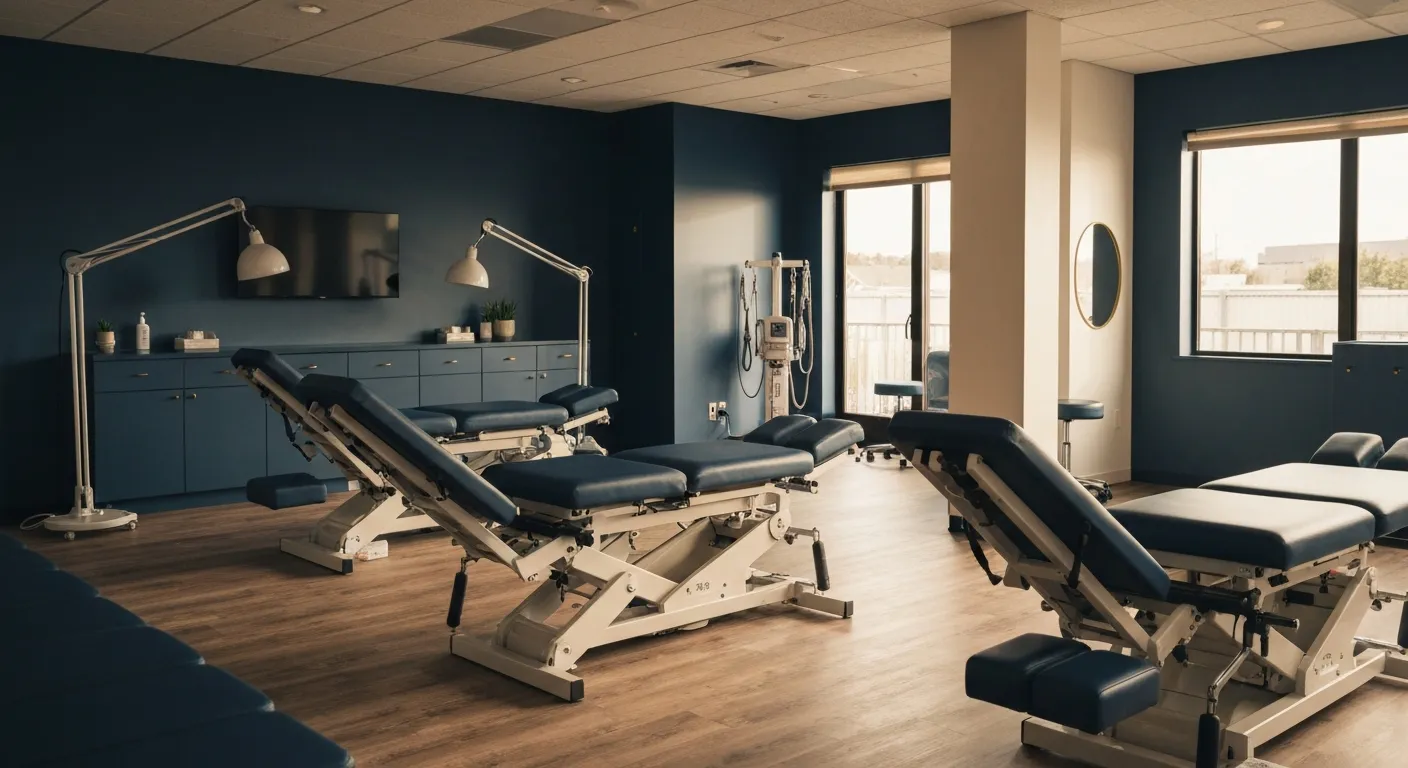
Long-Term Pain Relief Through Targeted Corrective Exercises

10 Benefits of Integrating Physiotherapy with Chiropractic Treatments

Corrective Exercises That Help Prevent Recurring Pain

8 Corrective Exercises Proven for Lasting Pain Relief

Lifestyle Habits for Maintaining a Healthy Spine

What You Will Experience at Your Initial Chiropractic Visit
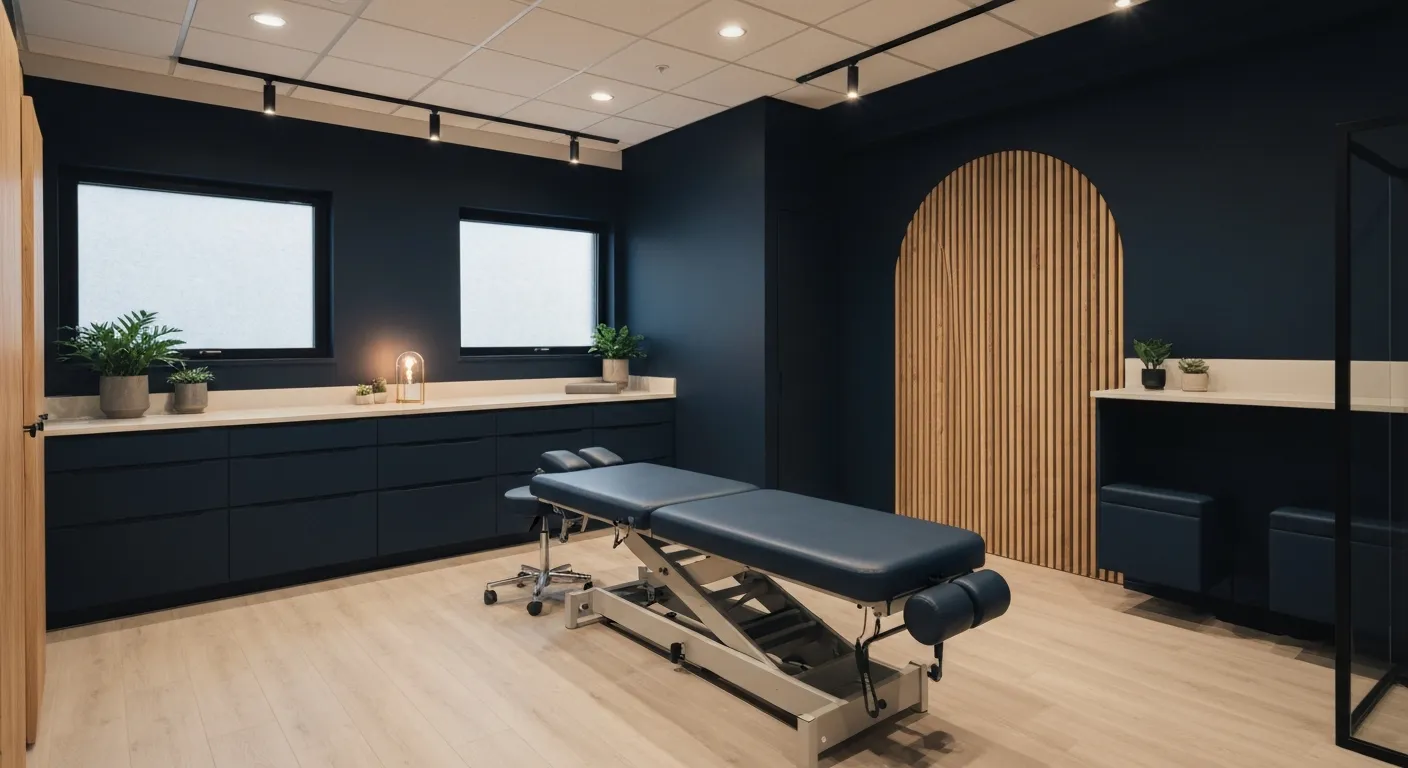
What Happens at Your First Visit to a Chiropractor?
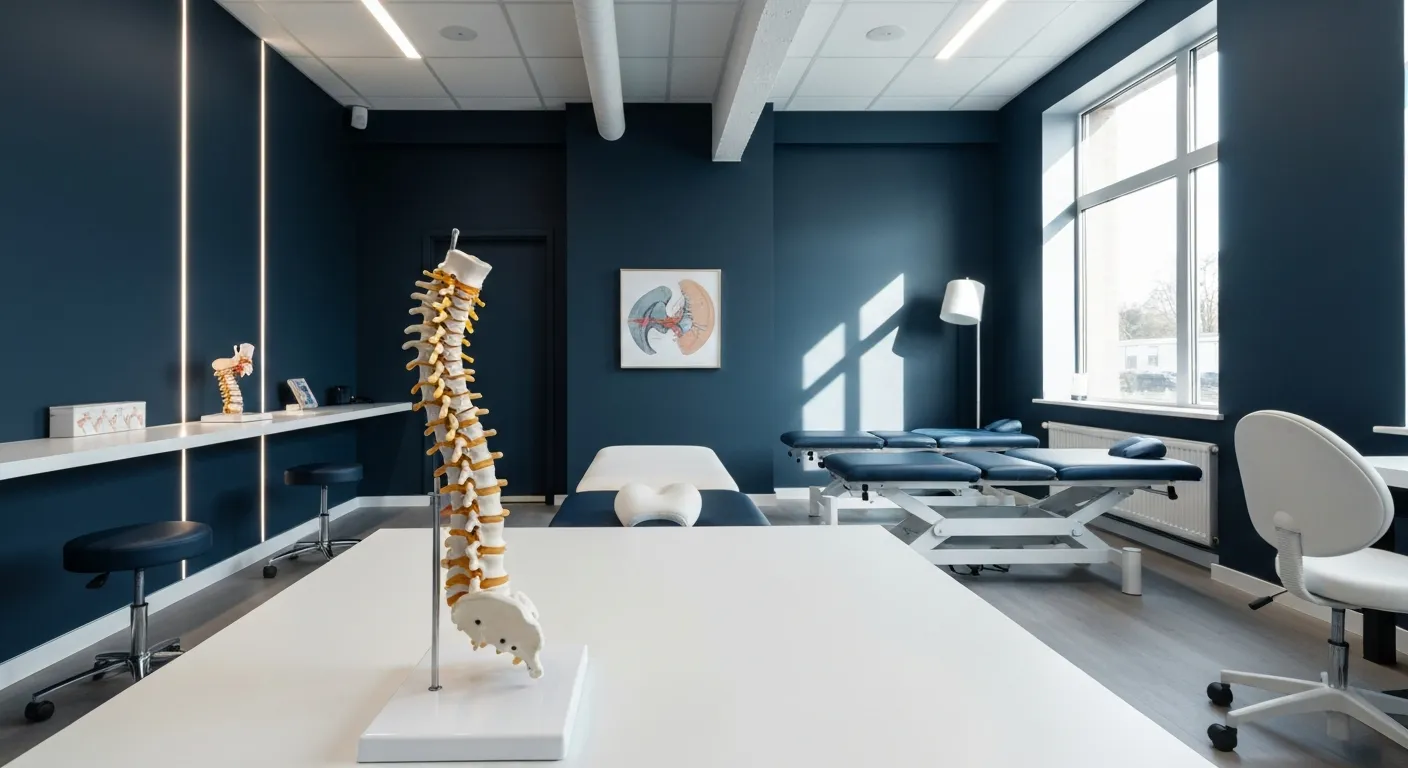
Focusing on Root Cause Analysis for Effective Pain Relief
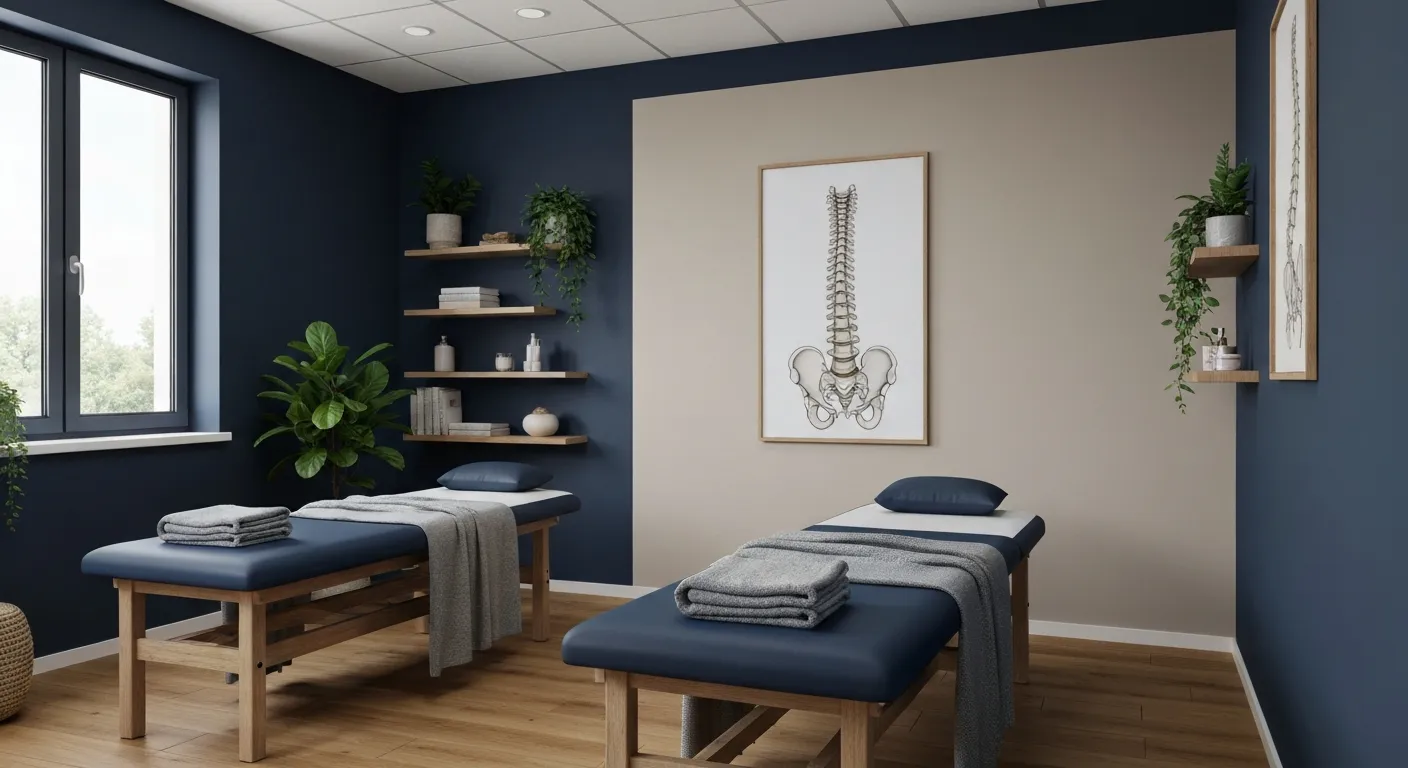
Tips for Lifestyle Changes to Support Spinal Health

Tips for Lifestyle Changes to Support Spinal Health

Holistic Treatment Plans: Alternatives to Surgery for Chronic Pain

Enhance Wellness Through Personalized Nutritional Counseling

Non-Invasive Pain Relief: Exploring Holistic Treatment Alternatives
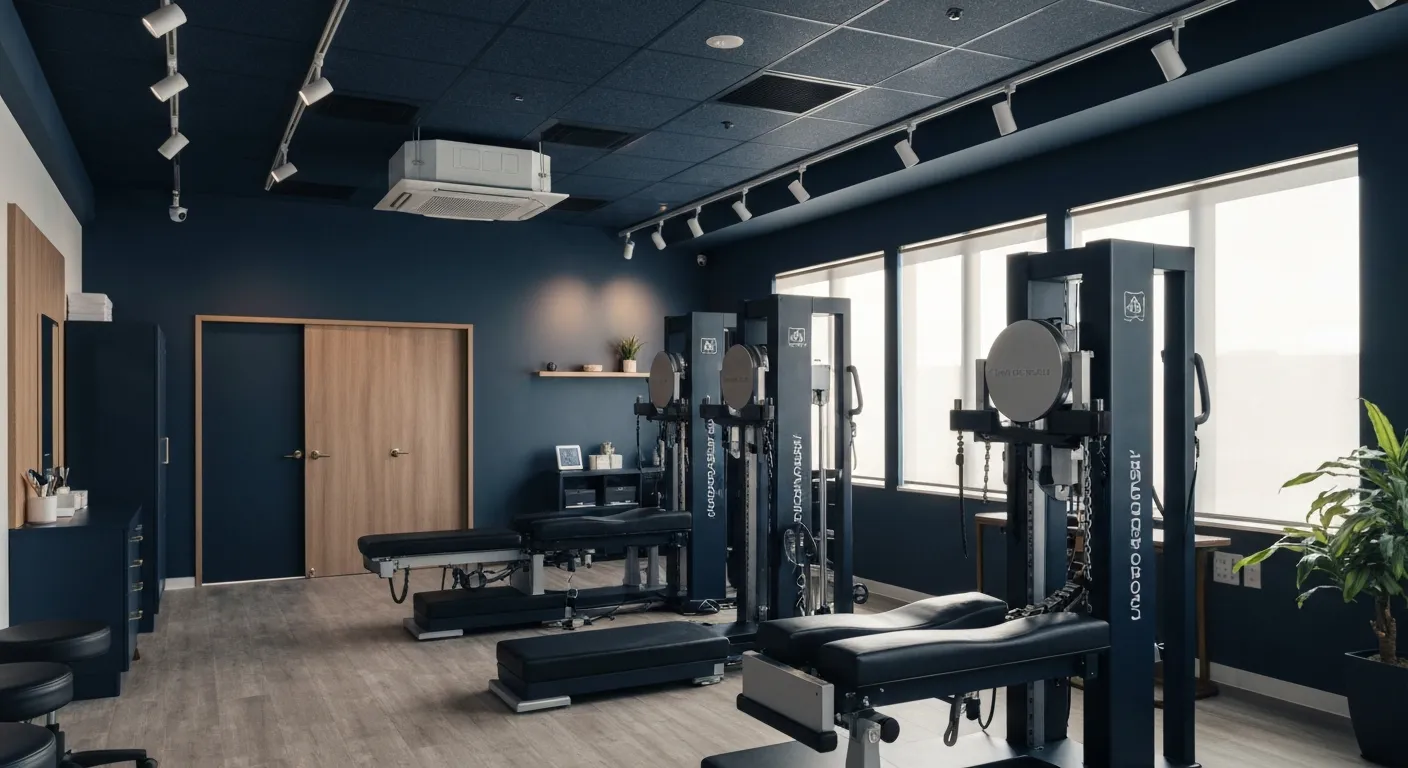
Sciatica Relief Through Targeted Spinal Decompression

Integrating Physiotherapy with Chiropractic Treatments for Better Results

Testimonials That Demonstrate the Benefits of Chiropractic Care

The Power of Corrective Exercises in Pain Management

A Step-by-Step Guide to Your Initial Chiropractic Consultation

9 Nutritional Tips to Enhance Your Chiropractic Wellness Journey

Patient Experiences: How Chiropractic Care Changed Their Lives

Lifestyle Recommendations to Keep Your Spine in Top Shape

Effective Corrective Exercises for Long-Term Pain Relief

Back Pain Benefits: What Chiropractic Care Can Do for You
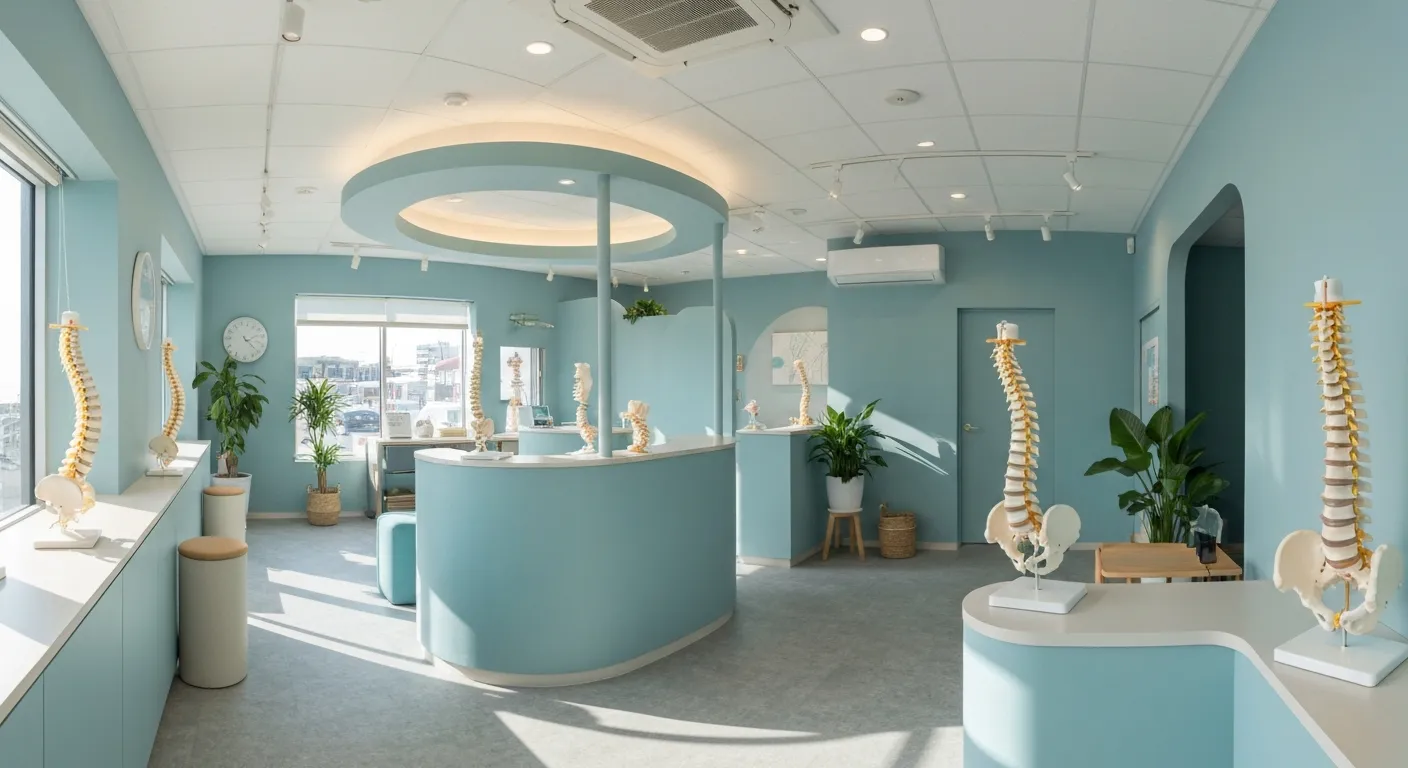
Spinal Decompression Techniques for Effective Sciatica Relief

Top Nutritional Counseling Tips for Enhanced Wellness

6 Lifestyle Habits That Boost Spine Health Daily

Discover Holistic and Non-Surgical Pain Relief Solutions

Exploring Holistic and Non-Surgical Treatment Options for Pain
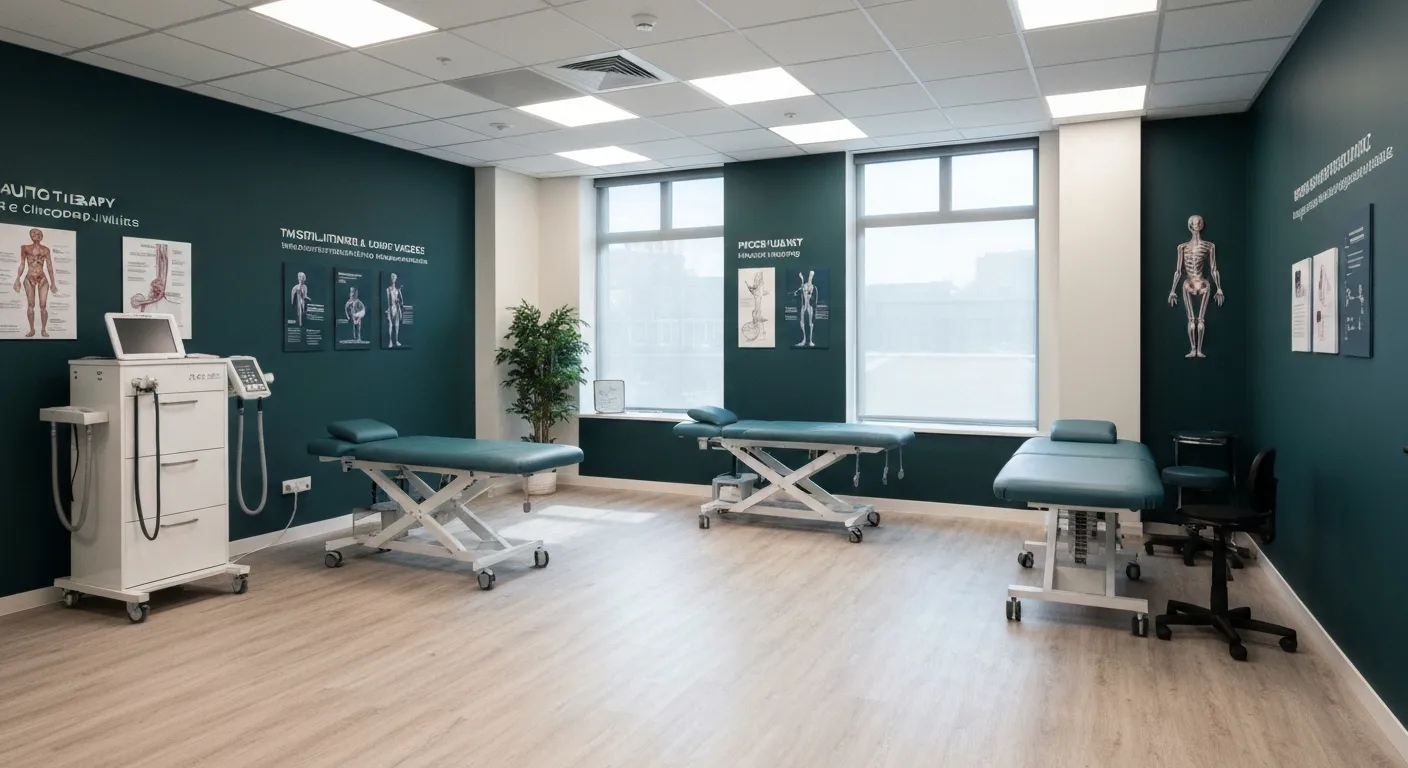
The Role of Physiotherapy in Enhancing Chiropractic Care Outcomes

Complementing Chiropractic Care with Physiotherapy: What You Need to Know

What to Expect During Your First Chiropractic Visit

Simple Lifestyle Adjustments to Maintain a Healthy Spine

Personalized Nutritional Counseling for Improved Health Outcomes

Exploring Non-Surgical Treatments for Spine-Related Conditions
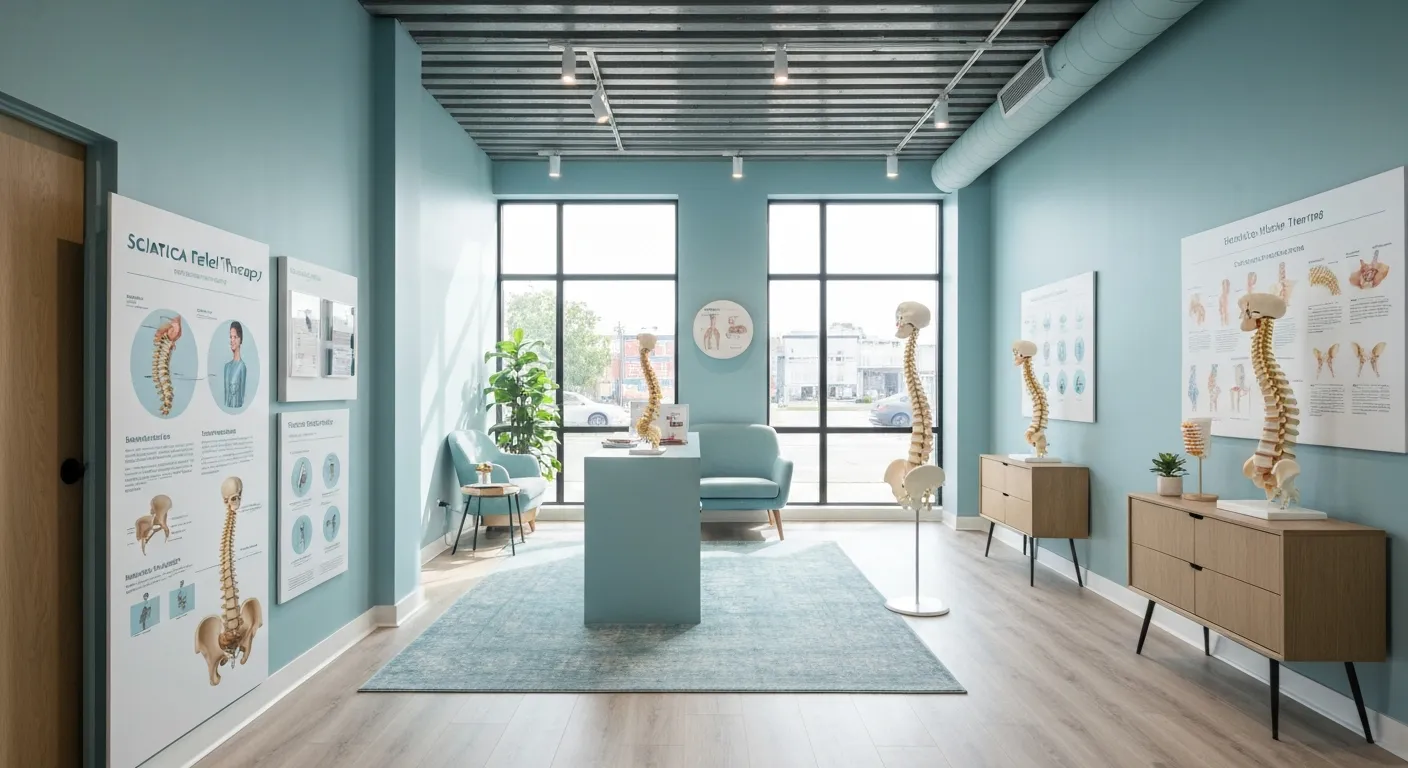
An Introduction to Spinal Decompression for Sciatica Patients

Transformative Success Stories: Patient Experiences with Chiropractic Treatments
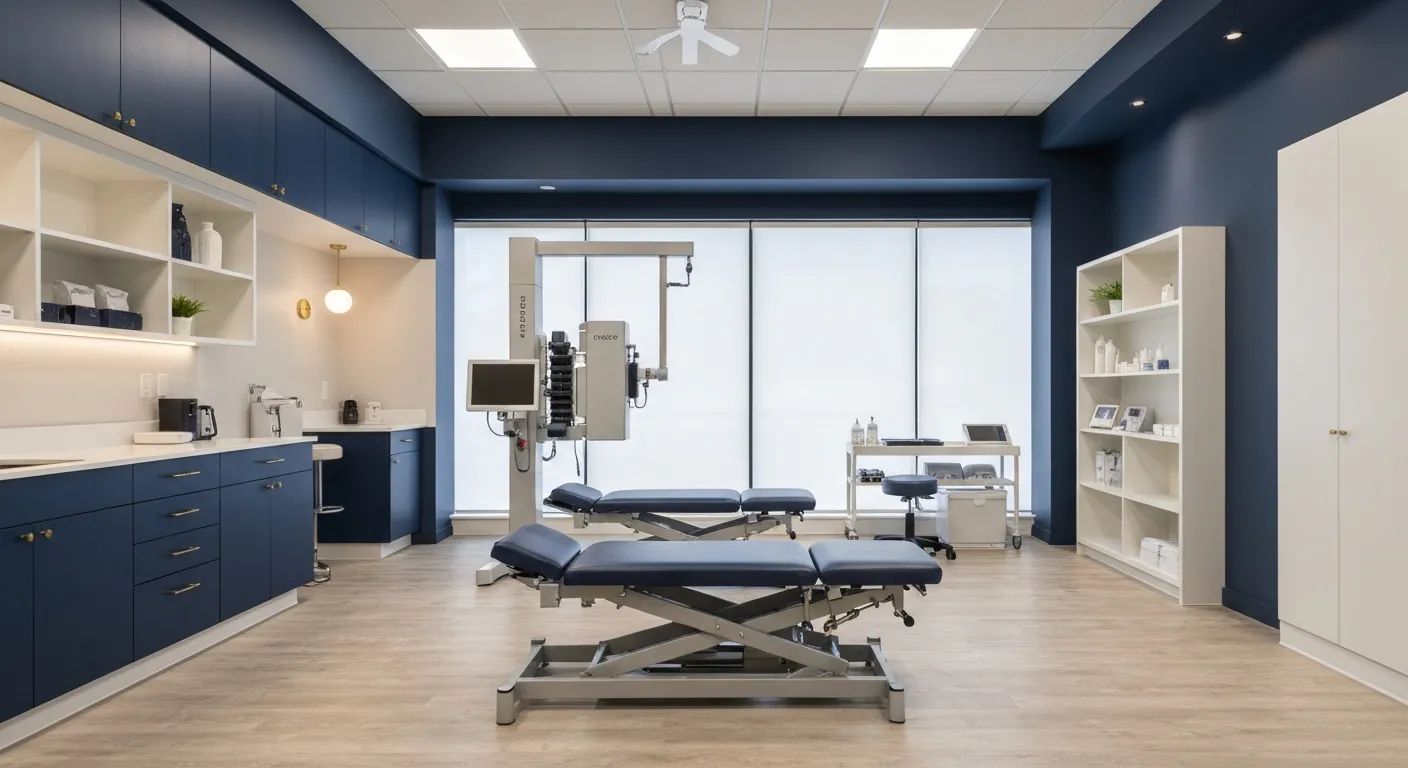
Why Chiropractic Care Is Essential for Back Pain Relief

Addressing Underlying Causes Versus Symptom Management in Pain Care

The Role of Nutrition in Enhancing Chiropractic Treatment Effectiveness
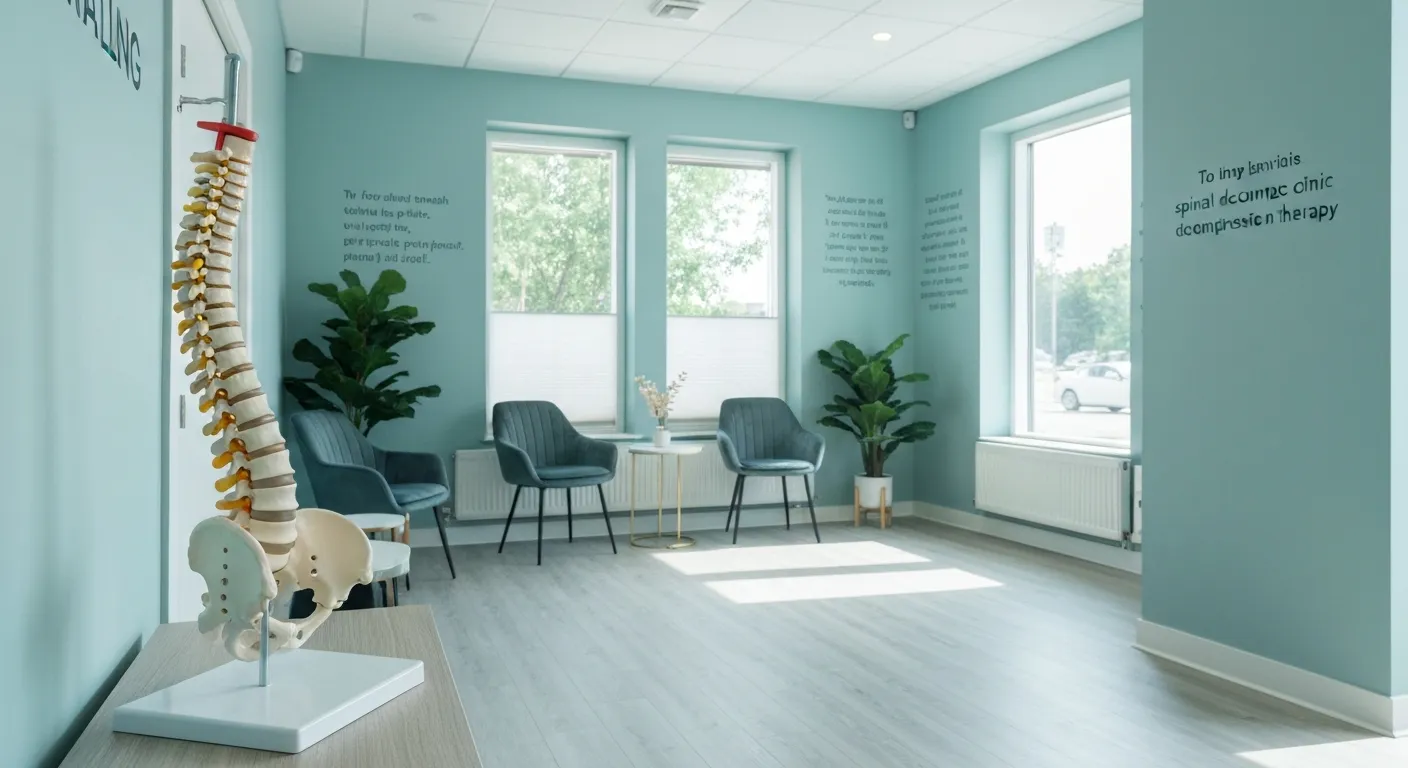
Sciatica Treatment Options: Is Spinal Decompression Right for You?

Lifestyle Tips to Maintain a Healthy Spine and Prevent Back Issues
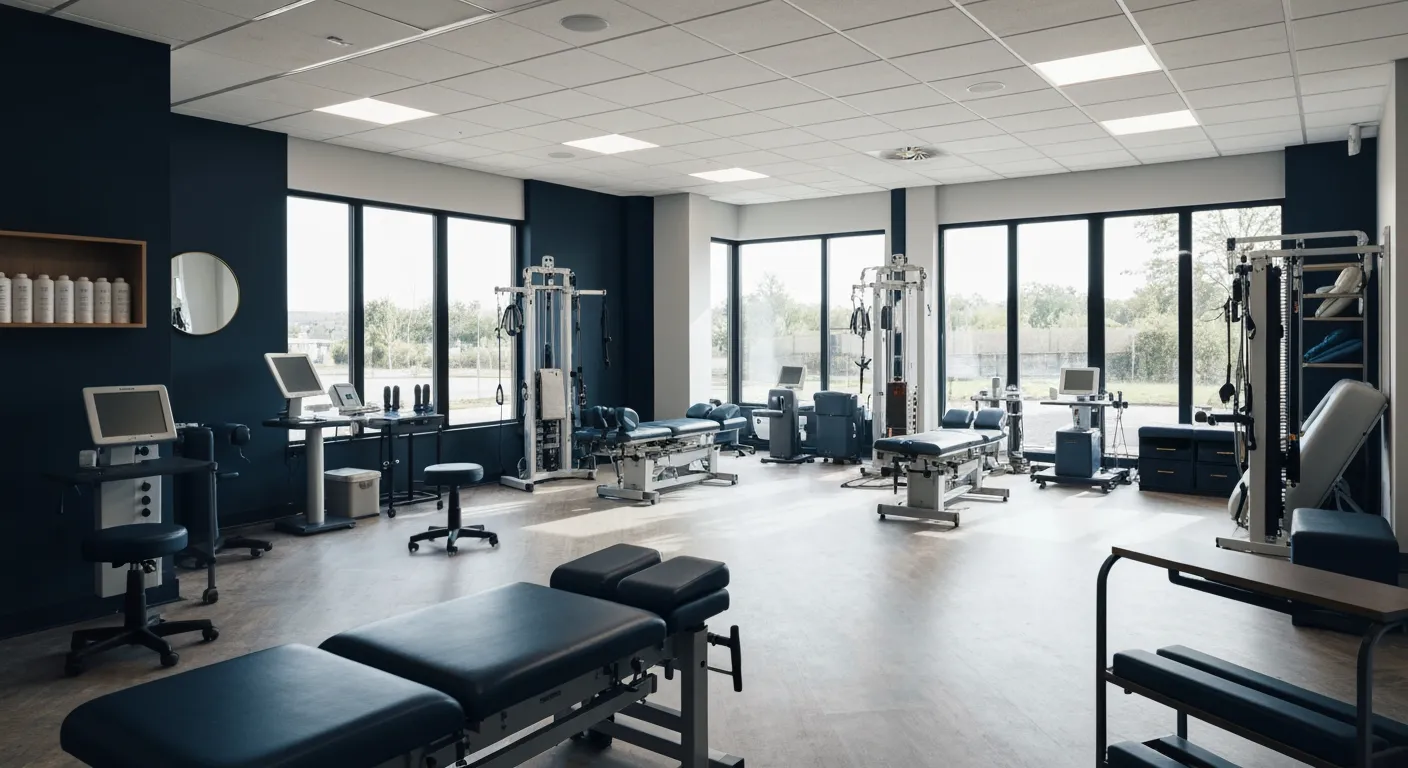
The Synergy Between Physiotherapy and Chiropractic Treatments

What Happens During Your Initial Chiropractic Consultation

Effective Corrective Exercises for Sustainable Pain Management

Taking a Root Cause Approach to Chronic Pain Management

Holistic Pain Management Techniques Without Surgery

How Patient Success Stories Validate Chiropractic Care Benefits

Spinal Decompression: Innovative Treatment for Sciatic Nerve Pain

Spinal Decompression Therapy: A Non-Invasive Approach to Sciatica Relief

Exploring Holistic Approaches Beyond Surgery for Pain Relief

Practical Lifestyle Advice to Support a Healthy Spine Every Day

Corrective Exercise Routines Designed for Long-Term Pain Prevention

Real Patient Stories: Overcoming Chronic Pain with Chiropractic Care

Lifestyle Changes That Promote a Healthy Spine and Prevent Injury

How Addressing the Root Cause of Pain Leads to Lasting Relief

Non-Surgical Holistic Therapies to Manage Chronic Pain Effectively

Nutritional Counseling's Impact on Physical Health and Healing

Benefits of Regular Chiropractic Care for a Stronger Back

Your First Chiropractic Visit: What to Expect and How to Prepare

Patient Experiences: How Chiropractic Care Transformed Their Lives

Exploring Holistic, Non-Surgical Options for Pain Management

Combining Physiotherapy with Chiropractic Treatments for Enhanced Recovery

Holistic Treatments That Offer Alternatives to Surgery for Pain Relief

Corrective Exercise Strategies for Long-Term Spine Health

How Physiotherapy Complements Chiropractic Adjustments for Better Outcomes

First-Time Chiropractic Visitors: What You Should Know

Understanding the Importance of Treating Pain at Its Source

Adopting Lifestyle Changes to Support Your Spine's Wellness

Utilizing Physiotherapy to Enhance Chiropractic Treatment Outcomes

The Key Advantages of Chiropractic Care for Back Pain Sufferers

Why Focusing on Root Causes Improves Pain Treatment Success

Corrective Exercises That Promote Lasting Pain Relief and Mobility

Sciatica Relief Through Targeted Spinal Decompression Techniques

Preparing for Your First Chiropractic Appointment with Confidence

Healthy Lifestyle Habits for Maintaining Spinal Alignment

Success Stories Highlighting Chiropractic's Role in Pain Recovery

Top Benefits of Chiropractic Care for Chronic Back Pain

Nutrition Tips to Boost Your Overall Wellness and Recovery

How Chiropractic Care Alleviates Back Pain Naturally

How Nutritional Counseling Supports Overall Wellness and Spine Health

Step-by-Step Guide to Your First Visit with a Chiropractor

Using Nutrition to Support Chiropractic and Overall Wellness

Integrating Physiotherapy in Your Chiropractic Healing Journey

Integrating Physiotherapy in Your Chiropractic Healing Journey

How Physiotherapy Complements Chiropractic Adjustments for Faster Healing

Lifestyle Tips for Maintaining a Healthy Spine and Preventing Back Pain

Heartwarming Patient Testimonials Highlighting Chiropractic Success

